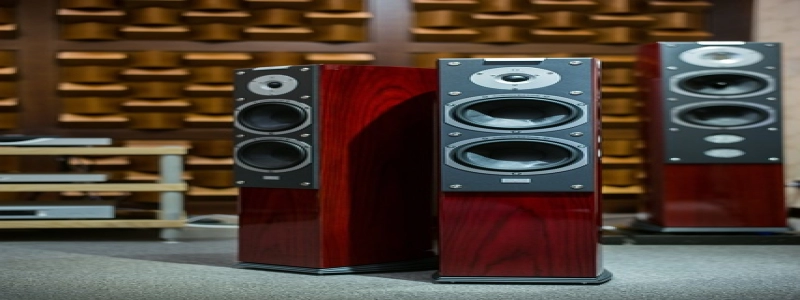Multimode vs Single Mode Fiber
Введение
Fiber optic cables are an essential component of modern telecommunication networks. They enable the transmission of large amounts of data at high speeds over long distances. Two common types of fiber optic cables used are multimode and single mode fibers. В этой статье, we will explore the differences between these two types and discuss their applications.
Многомодовое волокно
Multimode fiber is a type of optical fiber with a large core diameter, обычно варьируется от 50 к 62.5 микрометры. This larger core allows multiple modes or rays of light to propagate simultaneously through the fiber. Как результат, multimode fiber can transmit data over relatively shorter distances, typically up to a few kilometers.
Advantages of Multimode Fiber
One of the main advantages of multimode fiber is its ability to support multiple signals simultaneously. This makes it suitable for high-speed data transmission in local area networks (локальные сети) and short-distance applications. Multimode fiber is also more cost-effective compared to single mode fiber, making it a popular choice for many organizations.
There are two types of multimode fiber: OM1 and OM2. OM1 fiber supports bandwidths of up to 1 Гбит/с на расстоянии 300 метров. OM2 fiber can support bandwidths of up to 10 Гбит/с на расстоянии до 550 метров.
Одномодовое волокно
Single mode fiber has a much narrower core diameter, usually around 9 микрометры. This smaller core allows only one mode of light to propagate through the fiber, resulting in minimal signal distortion and attenuation. Single mode fiber is capable of transmitting data over longer distances, typically ranging from tens of kilometers to hundreds of kilometers.
Advantages of Single Mode Fiber
The main advantage of single mode fiber is its ability to transmit data over long distances with very low signal loss. It is commonly used in telecommunications networks, long-haul applications, and high-speed internet connections. Single mode fiber can support higher bandwidths, вплоть до 100 Gbps or more, making it ideal for high-capacity data transmission.
Заключение
В итоге, the choice between multimode and single mode fiber depends on the specific requirements of the telecommunication network. Multimode fiber is suitable for short-distance applications and LANs, while single mode fiber is ideal for long-haul transmission and high-speed data transfer. Understanding the differences between these two types of fiber optic cables is crucial in designing and implementing efficient and reliable telecommunication networks.







